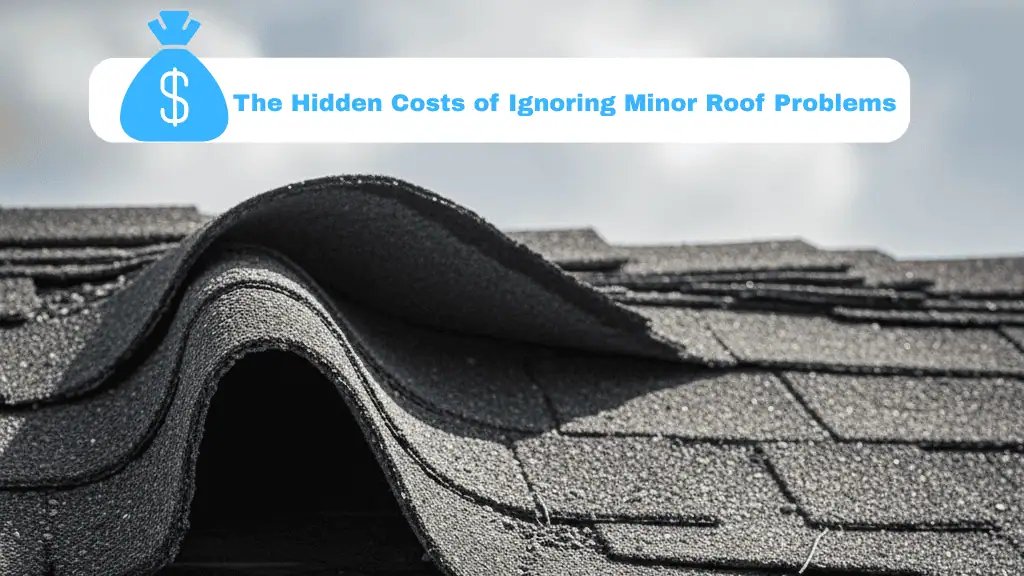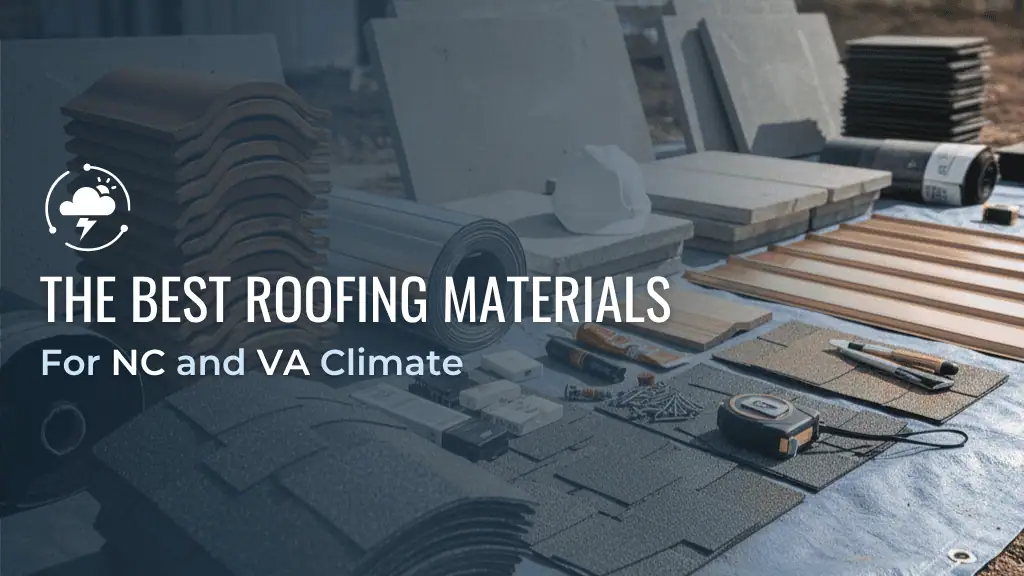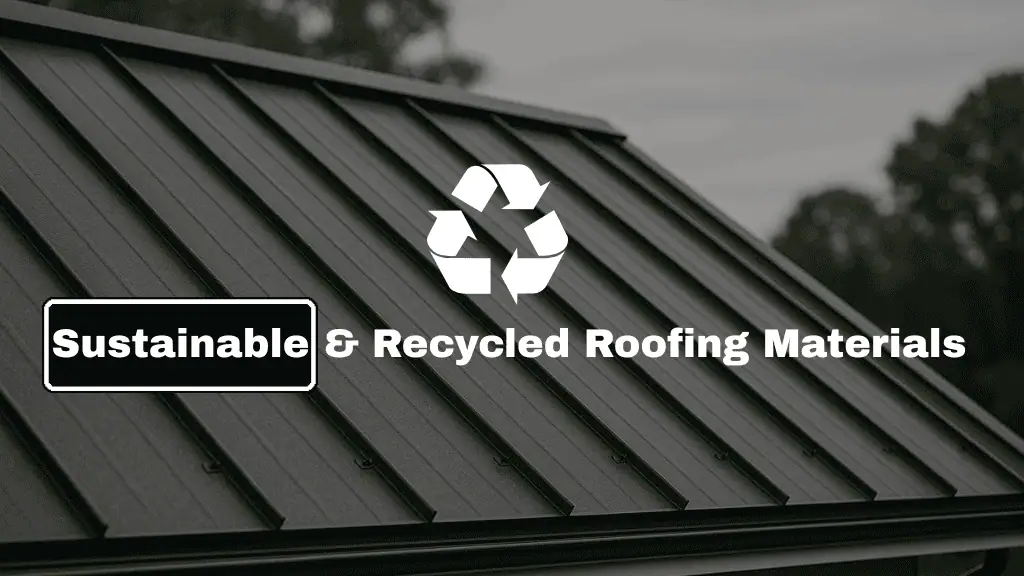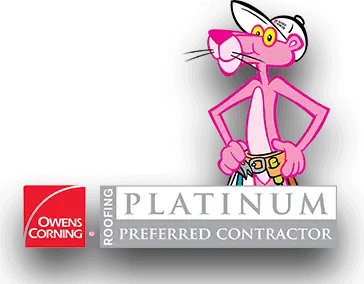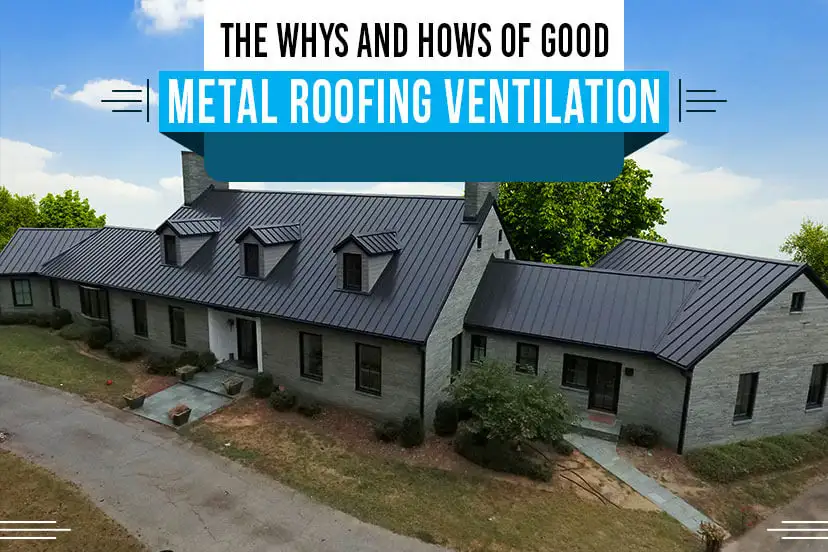
Metal Roofing Is a Smart Choice
Metal roofing has been around for hundreds of years, but modern improvements in both material quality and paneling design make standing seam metal roofs an even better roofing solution than ever before. What’s there to like about a metal roof? Plenty! Metal roofing is preferable to a shingle roof in almost every aspect. Metal is more durable, needs less maintenance, is more fire-resistant, wind-resistant, & pest-resistant sheds precipitation & debris better, and also creates some distinctive curb appeal. It’s true that a metal roof does cost more than a shingle roof, but it’s also a cost-effective investment to make since a well-installed standing seam metal roof should be the last roof you’ll ever need!
Metal Roofing Ventilation Misconceptions
You may have heard that metal roofing doesn’t have the same ventilation needs as other types of roofs, since metal is such a durable material. But understand that the need for ventilation isn’t just based on the nature of the roofing material itself. We actually wrote about why metal roofs need to breathe in a previous blog. Even so, we thought it might be helpful to revisit that topic here, and say more about the whys and hows of good metal roofing ventilation.
Why Attic Ventilation Is Necessary
Simply put, having a metal roof doesn’t lessen your need for attic ventilation, especially if your building includes finished space for residential or commercial purposes. So, how does roof ventilation work, exactly? We encourage you to check out our Attic Ventilation episode of Roofing Mythbusters for a nice 2.5-minute video explanation of this very topic. But essentially, ventilation works like this:
You probably learned at a young age that hot air rises. That’s the reason why hot air balloons are able to get off the ground! In the same way, heat rises inside buildings, too. Warm air will attempt to rise to the highest point of the structure. If this air isn’t vented, the resulting heat buildup can produce several negative impacts, including the following:
• Harder to keep your space comfortable in the summer
Essentially, the hotter your roof gets, the hotter your attic will also get. And as your attic heats up, it then becomes harder to moderate the temperature of your living space. This makes your A/C have to work much harder and stay on longer, resulting in higher energy costs and faster wear-and-tear of your air conditioning system. By the nature of its reflective properties, a metal roof will actually stay cooler than some other types of roofing materials. But no matter what type of roofing you choose, your roof and your attic can still get hot on a sunny day. And without proper ventilation, that trapped heat has nowhere to go!
• Ice dam formation in the winter
Having some trapped warm air in the winter probably sounds like a good thing in terms of potentially reduced heating costs. However, there are negative impacts associated with unvented roofs whenever winter precipitation rolls in. Whenever any accumulated snow or ice starts to melt due to the heat in your roof, this liquid can then quickly refreeze on and around roof overhangs. This can result in the formation of potentially dangerous and damaging ice dams. Having the right roof ventilation in place can help these ice dams from ever developing in the first place.
• Interior condensation problems
Without proper insulation and venting, metal roofs can be more prone to produce interior condensation through conductive cooling, known as “sweating.” This collected moisture can help breed unhealthy mold and mildew, and can eventually even contribute to structural damage. In addition, internal living spaces can generate a significant amount of moisture on their own through activities including bathing, cooking, and laundering. Without proper attic ventilation in place, all that collected moisture really has no way to escape.
A Proper Approach to Metal Roof Ventilation
You can certainly add some forced-air fans to keep the air moving through your attic, but most roof ventilation systems are built around the principle of what’s known as static ventilation. Static ventilation basically means that forced airflow isn’t required, because the roof system is designed to promote a natural flow of air. Static ventilation relies upon the physics of rising warm air to help move both heat and moisture up and out of your attic through a series of installed roof vents. The key to having your roof ventilation system work properly is to maintain the proper balance of both intake and exhaust. Many property owners wrongly assume that as long as they stick some vents in their roof, heat will simply escape on its own. However, exhaust vents alone won’t promote the kind of air flow that’s needed if there aren’t also a good supply of intake vents built into the system, as well. When it comes to good ventilation, balance and flow are everything! Let’s take a look at the major types of vents for metal roofing systems:
• Ridge Vents
Just as many other types of roofs (like shingle roofs) make use of ridge vents, a standard ridge vent or low-profile ridge vent is a good solution for metal roofs, too. Ridge vents are typically installed across the entire length of the roof’s ridgeline. Venting material is placed at the top where the angled metal panels meet, and is then covered with ridge cap flashing designed for metal roofs. This type of ridge venting design is able to allow significant volumes of warm, moist air to escape.
• Intake Vents
But ridge vents alone aren’t enough. Without a proper intake system underneath, you simply won’t get the type of airflow you need for proper ventilation. To serve this function, soffit vents or drip edge vents can be placed at the roof’s lower edge. As hot air rises in the attic, these intake vents draw in fresh air naturally, enabling a more constant and consistent flow of air throughout the entire roof system. A good rule of thumb is to include enough intake vents to match the desired volume of warm air outflow at the ridge vents.
• Gable Vents
Gable vents are often seen at or near the peak of side gable areas, and can function in either an intake or exhaust capacity, depending on the nature of your venting system. Gable vents alone aren’t usually a good substitute for a balanced ridge-and-eave vent system, but they can provide an additional measure of ventilation, and are also typically seen to add some aesthetic value, as well.
Why Skywalker Roofing Is Your Best Choice for the Right Metal Roofing Solution
Are you searching for top-quality roofing installation and repair services for your home? We offer the most reliable roofing services in the triad area. Choosing a metal roof is a wonderful solution for both residential and commercial structures alike. But it’s wise to make sure the right ventilation approach is included in your roof design, too. And if you really want a roof that’s beautiful, offers reliable performance, and is built to last, choosing the right metal roofing partner is of utmost importance. If you’re located in North Carolina or southwestern Virginia, look no further than the professionals at Skywalker Roofing. We work with all popular roofing materials, but we also happen to be experts in the design and custom fabrication of standing-seam metal roofs right onsite!
Skywalker Roofing is proud to serve the NC Piedmont Triad, Piedmont Triangle, Lake Norman area, and greater southwestern VA region. Want to see what some of our many satisfied customers have to say about us? Head over and check out our Guild Quality page! Ready to get started? Then go ahead and just give us a call at +1 (336) 627-5596. We’d love to show you the Skywalker Roofing difference!





